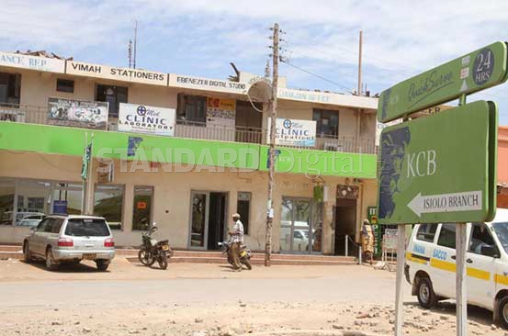×
The Standard e-Paper
Stay Informed, Even Offline

Bank stocks at Nairobi Securities Exchange are on recovery from the interest rate-capping rubble to defy doomsayers’ forecasts that the market could crush.
Hardly two months since President Uhuru Kenyatta’s shock move to cap the cost of borrowing at four per cent above Central Bank rate, banks’ stocks continue to recover. This is in contrast with the warnings from most market analysts.